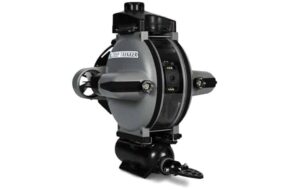 Deep Trekker has released an article detailing how its DTG3 remotely operated vehicle (ROV) has been used by Wilfrid Laurier University’s Department of Geography and Environmental Studies. The Remote Sensing of Environmental Change Research Group used the ROV to gather information on the effects of climate change on Arctic lake ice in Northern Canada.
Deep Trekker has released an article detailing how its DTG3 remotely operated vehicle (ROV) has been used by Wilfrid Laurier University’s Department of Geography and Environmental Studies. The Remote Sensing of Environmental Change Research Group used the ROV to gather information on the effects of climate change on Arctic lake ice in Northern Canada.
Read the full article on Deep Trekker’s website
The DTG3 is a portable observation-class ROV designed for quick deployment and low-maintenance operation. With a mission endurance of up to 8 hours, it can be fitted with a variety of sensors, manipulators, and sonars to accommodate a wide variety of underwater operations.
The DTG3 ROV was utilised in a variety of ways, including:
- Observing under the ice to allow the team to easily see the topography and ice-water interface
- Collecting water samples under the ice at various depths up to 45m
- Gathering data on changing water temperatures at numerous depths and locations
- Collecting algae bloom samples and varying depths and sediment samples from the bottom
Deep Trekker’s ROV was ideal for the mission due to its durability, reliability and long battery life even in Arctic conditions. To learn more, read the full article on Deep Trekker’s website.










